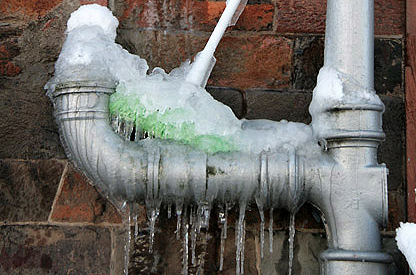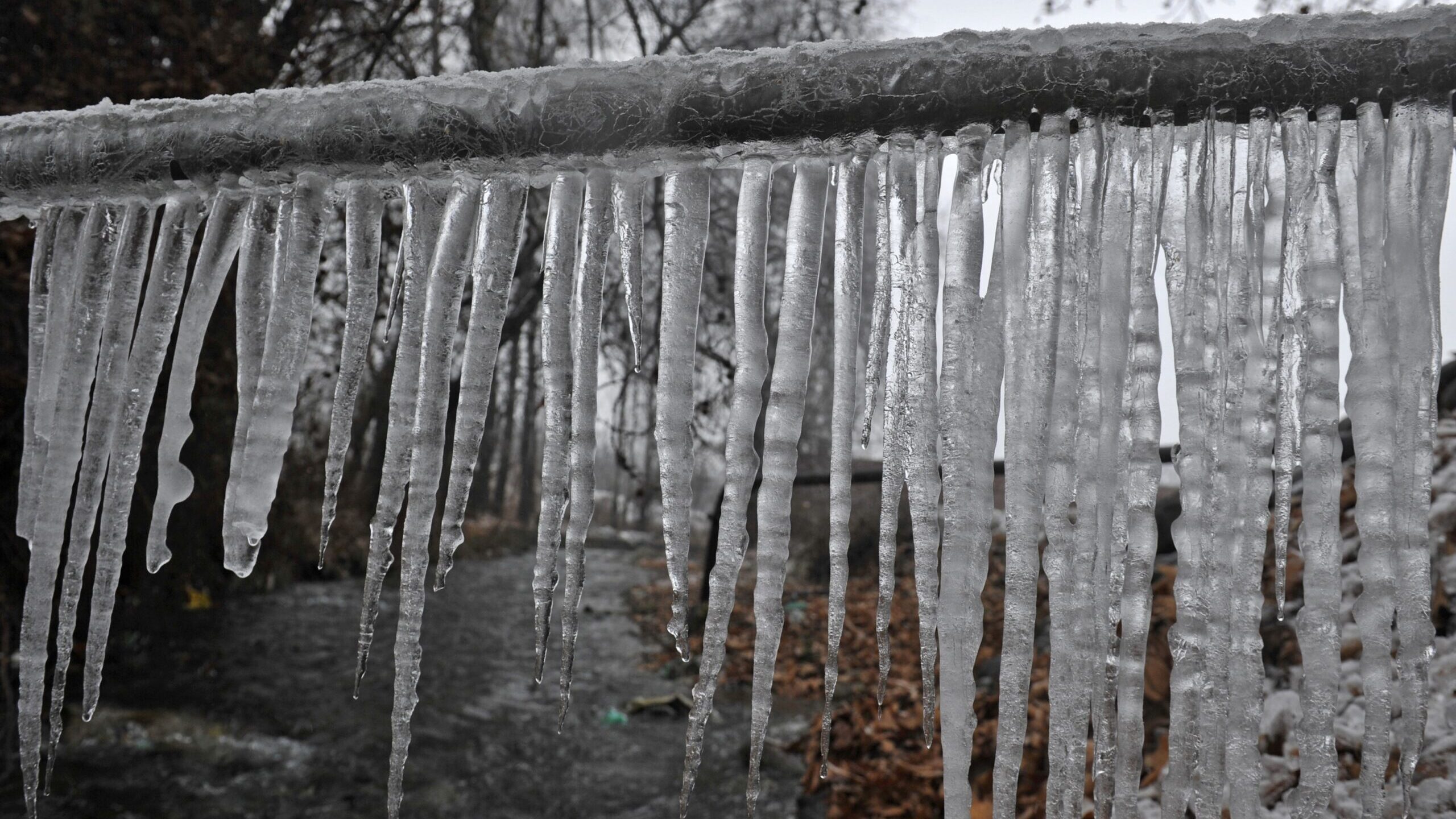Key Approaches for Avoiding Frozen Pipes in Winter
Key Approaches for Avoiding Frozen Pipes in Winter
Blog Article
What're your opinions with regards to Prevent Frozen Pipes ?

Winter can damage your plumbing, particularly by freezing pipelines. Right here's how to stop it from occurring and what to do if it does.
Intro
As temperatures decline, the risk of frozen pipelines boosts, possibly causing pricey repair work and water damage. Understanding how to prevent icy pipes is crucial for home owners in cold environments.
Comprehending Frozen Pipelines
What causes pipelines to freeze?
Pipes freeze when revealed to temperatures listed below 32 ° F (0 ° C) for prolonged durations. As water inside the pipelines ices up, it increases, taxing the pipeline wall surfaces and possibly creating them to break.
Threats and problems
Frozen pipelines can lead to water system disruptions, building damage, and costly repairs. Burst pipes can flooding homes and create considerable architectural damages.
Indications of Frozen Water Lines
Determining icy pipes early can stop them from rupturing.
Exactly how to determine frozen pipelines
Try to find reduced water flow from faucets, uncommon odors or noises from pipelines, and noticeable frost on subjected pipelines.
Avoidance Tips
Insulating prone pipelines
Cover pipes in insulation sleeves or utilize warm tape to protect them from freezing temperature levels. Focus on pipes in unheated or external areas of the home.
Home heating strategies
Maintain interior rooms adequately heated, especially areas with pipes. Open closet doors to enable cozy air to flow around pipelines under sinks.
Shielding Outdoor Plumbing
Garden hoses and outdoor faucets
Detach and drain yard tubes before winter. Install frost-proof faucets or cover outside faucets with protected caps.
What to Do If Your Pipelines Freeze
Immediate actions to take
If you believe frozen pipelines, keep taps open up to soothe stress as the ice thaws. Make use of a hairdryer or towels taken in hot water to thaw pipelines slowly.
Long-Term Solutions
Structural adjustments
Think about rerouting pipes away from outside walls or unheated areas. Add extra insulation to attic rooms, cellars, and crawl spaces.
Updating insulation
Invest in high-grade insulation for pipelines, attics, and walls. Correct insulation helps keep consistent temperature levels and reduces the danger of icy pipes.
Conclusion
Avoiding icy pipelines requires aggressive actions and quick actions. By understanding the reasons, indications, and preventive measures, homeowners can shield their plumbing throughout cold weather.
5 Ways to Prevent Frozen Pipes
Drain Outdoor Faucets and Disconnect Hoses
First, close the shut-off valve that controls the flow of water in the pipe to your outdoor faucet. Then, head outside to disconnect and drain your hose and open the outdoor faucet to allow the water to completely drain out of the line. Turn off the faucet when done. Finally, head back to the shut-off valve and drain the remaining water inside the pipe into a bucket or container. Additionally, if you have a home irrigation system, you should consider hiring an expert to clear the system of water each year.
Insulate Pipes
One of the best and most cost-effective methods for preventing frozen water pipes is to wrap your pipes with insulation. This is especially important for areas in your home that aren’t exposed to heat, such as an attic. We suggest using foam sleeves, which can typically be found at your local hardware store.
Keep Heat Running at 65
Your pipes are located inside your walls, and the temperature there is much colder than the rest of the house. To prevent your pipes from freezing, The Insurance Information Institute suggests that you keep your home heated to at least 65 degrees, even when traveling. You may want to invest in smart devices that can keep an eye on the temperature in your home while you’re away.
Leave Water Dripping
Moving water — even a small trickle — can prevent ice from forming inside your pipes. When freezing temps are imminent, start a drip of water from all faucets that serve exposed pipes. Leaving a few faucets running will also help relieve pressure inside the pipes and help prevent a rupture if the water inside freezes.
Open Cupboard Doors
Warm your kitchen and bathroom pipes by opening cupboards and vanities. You should also leave your interior doors ajar to help warm air circulate evenly throughout your home.

We are very eager about How to prepare your home plumbing for winter weather and I'm hoping you enjoyed reading the new blog posting. Don't hesitate to pause to distribute this blog entry if you liked it. I appreciate reading our article about Helpful Tips to Prevent Frozen Pipes this Winter.
Click Here Report this page